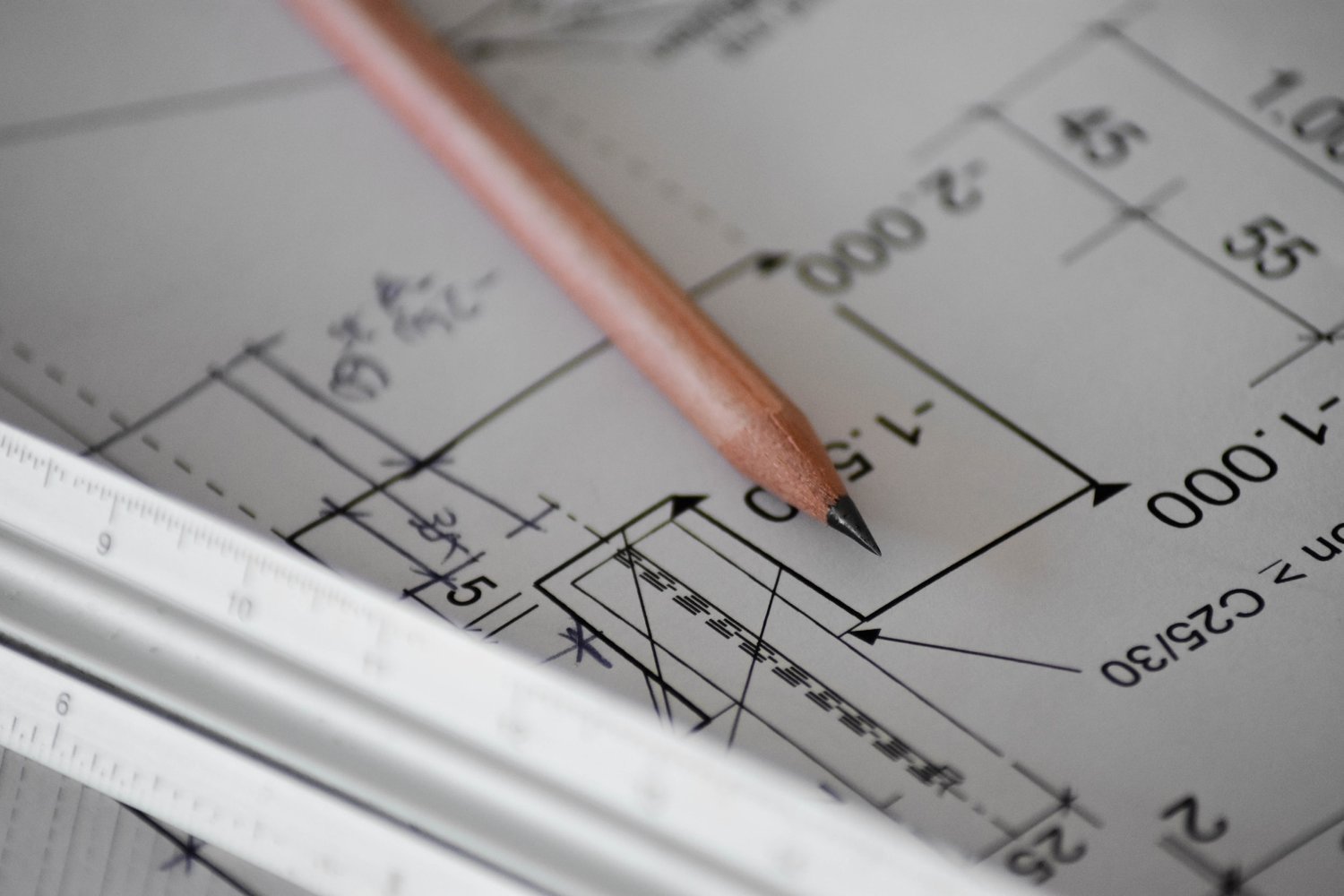Planning your office move or refurbishment – key considerations
Anyone who has undertaken an office move or extensive refurbishment will know that it’s a massive undertaking.
Not only can it be extremely disruptive to your staff’s productivity and general operations, but it can have a significant impact on your clients and suppliers.
As office interiors specialists we’ve been closely involved in many an office move and re-fit. We’ve seen first-hand what makes a project run smoothly and understand the many pitfalls to be avoided. We wanted to share some tips and advice to help ensure your move or refurbishment project is a success.
Selecting the right premises
Choosing the right business premises can be the catalyst that propels your business forward. It can allow your business to expand at the right pace and provide competitive advantage through location, work and sales environment, corporate image and profile, whilst helping you to attract and retain the right staff. On the flip side, making the wrong property decision will prevent business expansion, inhibit change, create staff hostilities and can become a major cost and headache.
Making sure your next property not only meets your long-term business goals, but will proactively and positively shape the future success of your business requires a detailed understanding of your wider business strategy. Questions to take into consideration include, how much will the company grow or rationalise in the next five years? Does the building have space for expansion or an option for reducing or renting out redundant space? Remember, business expansion doesn’t just mean an increase in head count. A bigger business will require more equipment, facilities and storage.
Whilst parking is becoming an increasing luxury for many city-based organisations, if your current premises offers parking, you need to consider whether there will be sufficient space available if you increase your headcount. For many businesses, expansion can also mean additional deliveries and distribution activities. Ask yourself; will the property be able to handle this increase in activity?
Read our case study
The aim of the Clipper Project was to manage the relocation into the new Beaminster Offices to support the rise in staff numbers.
Setting the budget
Before making any property decisions, think about what the true cost of occupying the office space will be. Business owners will often look at rent and rate charges as an indication of their total office costs, but these can account for as little as 40% of your total property cost. Consider additional costs such as building repairs and maintenance, security and cleaning, HVAC, as well as the cost of 'non-productive' space such as meeting rooms, reception and canteen facilities.
For many businesses that are conducting a move or extensive refurbishment, this is about creating a step-change in the business. Therefore, you also need to take into account what furniture you’re going to retain and what new furniture you need to facilitate new ways of working. It’s also worth considering a cost reduction strategy, to understand where costs can be cut if the proposals are blowing the budget.
Planning the space and design
What about the internal space? A clear vision of how your business wants to operate will really help when it comes to selecting the right premises and the most suitable office layout and design. In the future will you want open plan, closed offices or hotdesking facilities? What are your IT and technology requirements? Do you want to encourage staff, customers and suppliers into the office? Do you need a kitchen or canteen? What meeting rooms or breakout areas are required? Will HR and finance need private office space? If you are considering future expansion, it's worth remembering that whilst a space may appear too small for your proposed growth, the increasing numbers of people working remotely or hotdesking may make this problem disappear.
Choosing the right project team
Getting the right team on board is critical to the success of any relocation or re-fit. Choosing the right design and fit-out partner can make or break a project. You need a partner that listens to your requirements and will interpret your needs. Take time to look at their portfolio of previous projects. They should all look very different as no one client’s needs are going to be the same. You also need to check out their credentials and their understanding of building regulations.
Planning and communication
Any office move or refurbishment will inevitably cause upheaval and disruption to your staff and operations. It’s essential that colleagues feel that they have been listened to and are consulted on proposals. That way, whilst not everyone is necessarily going to be happy with all aspects of the project, you will keep the majority on board.
Carefully planning and communicating the logistics of the project will not only ensure it runs smoothly, but will lessen disruption and ensure it is completed on time and on budget. In our experience many businesses leave the planning too late. Realistically an office move needs to be planned at least 12 months in advance.
We’d love to help you create your perfect office interior. From design and space planning to installation – we’ll ensure your office space is designed with your brand, your people and your operations in mind, with the aim of increasing productivity, efficiency, and return on investment. Get in touch to find out more.



